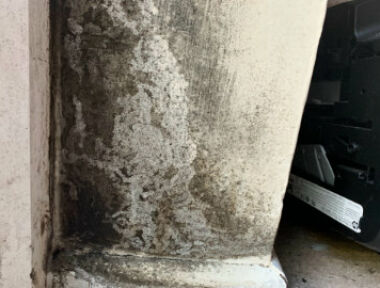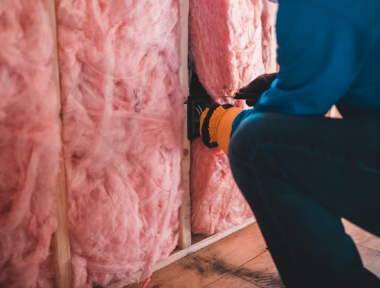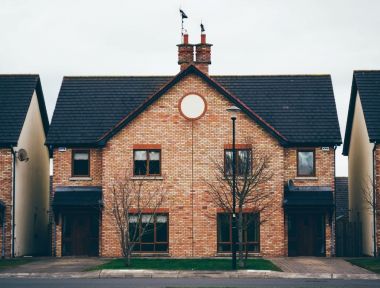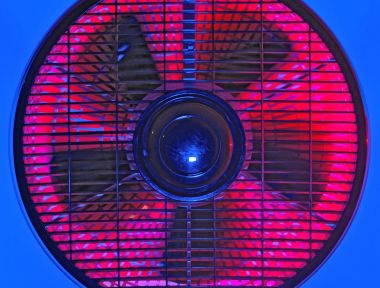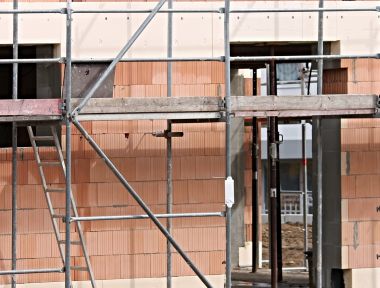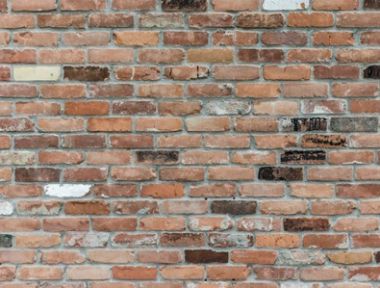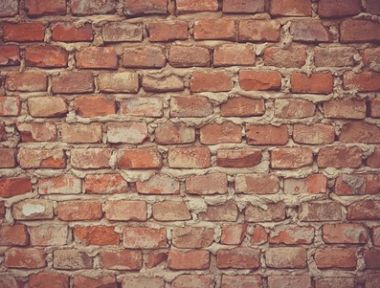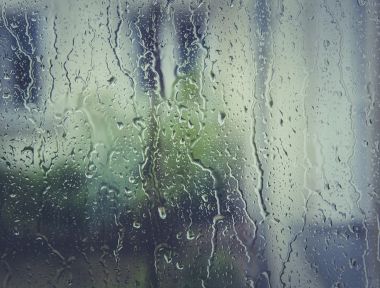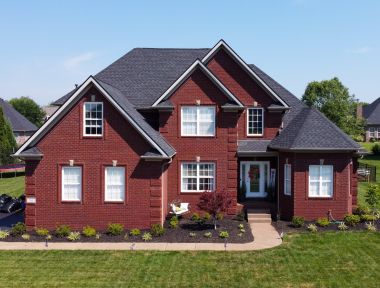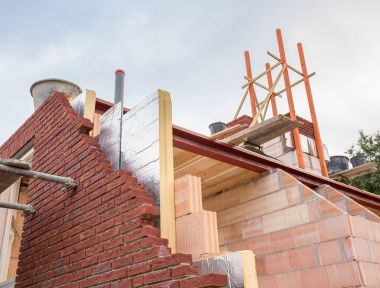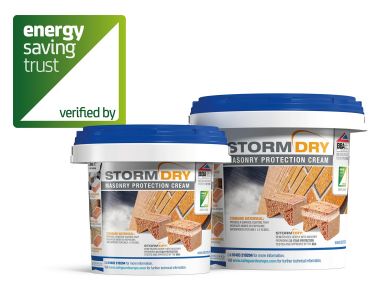It's an unfortunate but inescapable fact that many British homes fall prey to dampness. Damp damage doesn't just look unpleasant. It can literally ruin years of the most careful property maintenance and decorating. And, somewhat worryingly, it can contribute to serious structural damage. But, perhaps more worrying than all of these issues: dampness is often a danger to health, making it an absolute priority to establish what kind of dampness you have and how best to treat it to eradicate the problem.
Rising Damp
Rising damp happens once water is soaked up via a building's brickwork, bypassing wherever the damp-proof course ought to be. This might simply be a result of faulty damp proofing; or it may be a result of having no damp–proof course in place at all (sadly, common in older buildings). Rising damp in a property is fairly easy to spot – it can be as obvious as a 'tide mark' on the external masonry.
Penetrating Damp
Penetrating damp happens once wetness soaks through the outer masonry, eventually reaching the interior gypsum layer. You will see damaged wallpaper which is peeling off or obvious plaster bubbles. You might even spot mould growing on the inner surfaces. This may merely be the result of constant wind and driving rain attacking an exceeding weather-exposed property. However, it can also be the result of defects within the roofline or the brickwork. Click here to find out how best to manage your property's maintenance by managing the threat of dampness occurring from driving rain. If the property suffers from penetrating dampness and has previously been treated with wall insulation then there's a risk that the wall insulation could become wet. If the wall becomes wet, drying it out can prove to be an immense task, which in all probability, will lead to the need for it to be removed completely.
Condensation
Condensation is frequently experienced by property owners. Put simply, it happens when a building has insufficient ventilation to deal with excess moisture.
In most cases, we'd recommend a professional property survey to identify the scale of the problem – a company specialising in moisture problems or if you suspect wall insulation damage, a cavity wall insulation removal specialist.

